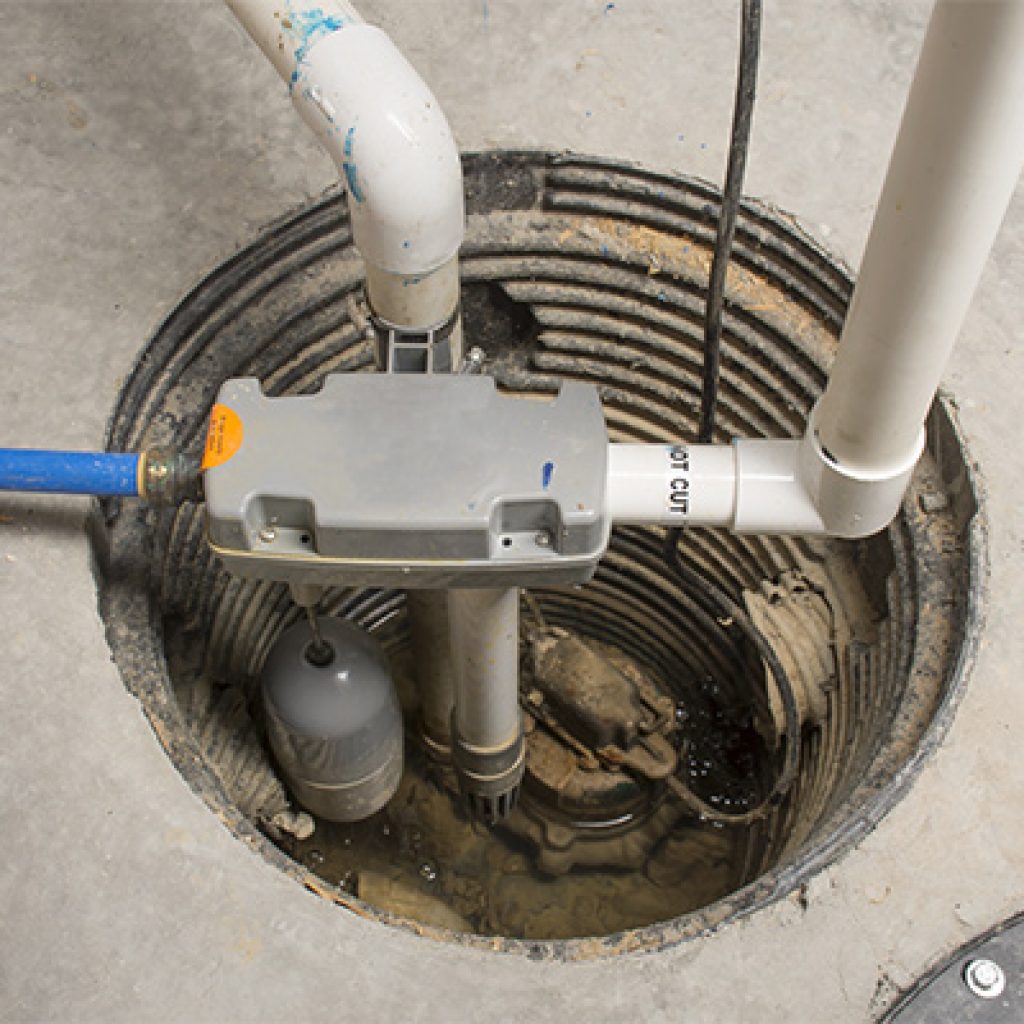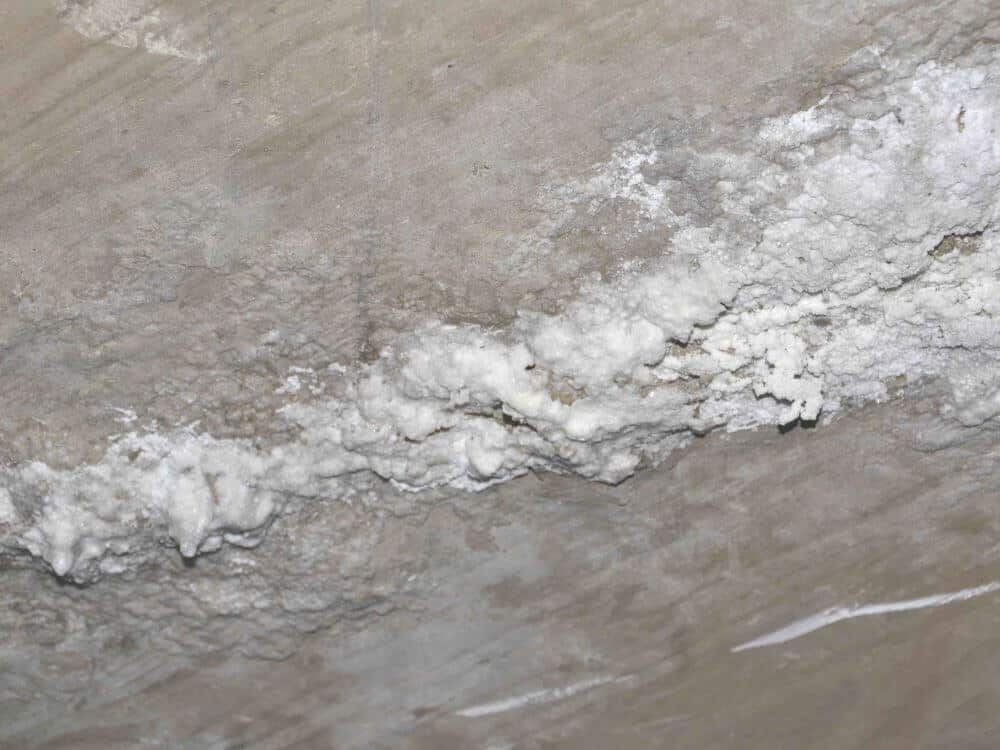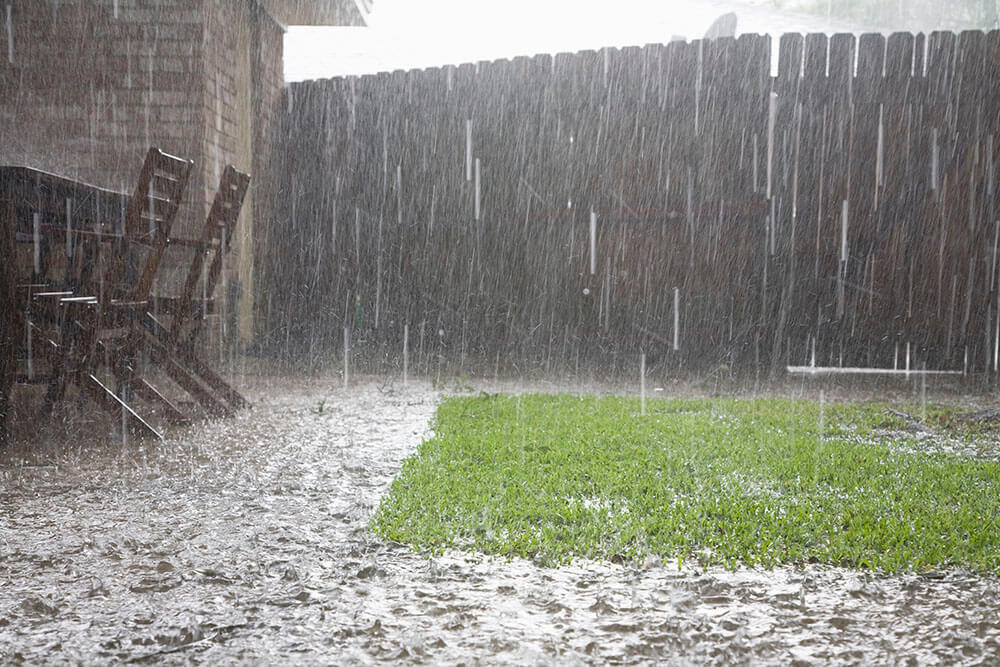You expect most leaks to come from the bathroom or kitchen, but they can also originate from your basement. Since it’s located below ground level, it’s more susceptible to water damage than other parts of your house. Knowing how to stop moisture from spreading is key to avoiding extensive structural harm.
This article will tell you how to stop water from coming up through the basement floor.
Causes of Water Coming Up From Basement Floor
Water might be coming up from your basement floor for several reasons:
Leaky Pipes
Your pipes are usually located behind the finished walls. If they start leaking, water travels throughout the walls and pools under the basement floor. Over time, the moisture seeps up and can lead to mould, mildew, and other issues.
Ground Water
The ground absorbs rainwater. However, the soil becomes saturated when there’s too much rainwater or when snow melts. This creates tremendous pressure, and the moisture typically has nowhere to go but through basement walls or floors.
This is the most likely cause of water coming up from the basement floor. It finds its way to the room through the surrounding soil, pushing it up against the area and increasing hydrostatic pressure. When the water table (saturation) goes up, the liquid enters your house through the nearest access point. This includes cracks in walls and floors, especially concrete surfaces. They’re porous and more susceptible to leaks.
Not much can be done about water entering your basement from the soil and pressing against the walls and floors. If this is the cause, contact specialized basement waterproofing contractors, such as MT Drains. We can prevent further damage to your household and foundation to save you a lot of money on repairs.
Drain Problems
Your drains might have collapsed. They could also be clogged due to excess rainwater, dirt, debris, and other objects. Either way, they may no longer be able to collect water effectively, so it starts coming up through your basement floor.
Collapsed or broken drains must be repaired or replaced. MT Drains is the perfect company for both jobs, as we’ve performed the projects countless times. We can do the same in your basement to stop water from wreaking havoc on your household.

How to Stop Water From Coming Up Through the Basement Floor
Once you’ve identified the problem, it’s time to address it. Here are some of your best solutions:
Damp Proofing
Most water damage from the basement is caused by cracks. Many professionals recommend damp proofing to combat them.
This process is performed during original construction, reducing moisture that travels from soil and enters the foundation walls. The materials used are coatings applied by hand or sprayed onto the exterior basement walls.
But if you opt for this method, be wary of contractors who use cheap solutions, such as spraying tar on the footing joints and foundation walls. The best companies are moving away from this technique for several reasons.
First, tar spraying emits harmful compounds during the installation that can compromise your well-being. Applying the substance requires breathing masks and a protective coating.
Second, the tar can react with soil chemicals after three to five years and turn brittle. Even the slightest movements in the ground cause the tar to damage the concrete walls, exposing them to moisture.
And third, you can’t install tar spray in freezing or rainy weather. This makes it unsuitable for various regions.
Fortunately, there’s a superior solution – foundation wrap. It’s constructed from more robust materials that are less likely to react to ground chemicals and become brittle. It also has excellent stress crack resistance and is entirely inert (it doesn’t emit volatile compounds).
Another impressive feature of foundation wrap is that it doesn’t require costly spray equipment. It’s a cost-effective upgrade that can last for well over 50 years. Finally, you can install it in any weather, including sleet, snow, and rain.
Dimple Membranes
Dimple membranes (drainage boards) are a typical solution for waterproofing basements that enhances the interior drain tile system. They’re usually mounted along basement walls connected to the drainage system. They help move moisture down the walls and inside the drainage to prevent water damage.
Dimple membranes are an excellent choice if you want to retrofit a damp basement. They feature high-density polyethylene sheets with small dimples that help direct moisture toward your footing drain.
Alternatively, you can install them on your floor and boost them with a plywood subfloor or pour a concrete base to make them more resilient. Any moisture that emerges from the ground accumulates on the membrane and is transferred to your interior drainage.
Fixing Cracks
Besides minimizing the risk of water seepage with the above techniques, you also need to know how to fix basement floor cracks.
Whenever your foundation settles, the slab often cracks. The weaker sections depress, resulting in an uneven surface that creates a tripping hazard. More importantly, it can allow water to enter your house.

To address this problem, you need to level your concrete basement floor. One of the most common solutions is to use high-density polyurethane that permanently lifts and stabilizes the sinking slab. Here’s how the method works:
- Tiny holes are drilled into the concrete
- Structural-grade high-density polymer is injected into the void
- The material is allowed to expand, thus lifting and levelling the slab
In terms of small cracks, they’re normally caused by shrinkage as concrete dries and pulls the slab apart. These gaps are common and generally develop about 12 months after pouring the concrete. It can take longer, depending on how quickly your floor dries and the humidity of the basement.
The good news is that you usually don’t need to do anything about these hairline cracks. They’re superficial, so they don’t warrant repairs.
If you’re annoyed by their look, you can cover them with carpets or planks.
Hire Professionals for Peace of Mind
Any homeowner should know how to stop water from coming up through the basement floor. That said, DIY repairs can do more harm than good if you’re inexperienced and don’t have the right equipment.
Why take a chance when you can book MT Drains? Our technicians specialize in basement waterproofing in Toronto and surrounding areas. Give us a call, and we’ll use state-of-the-art tools to make your basement practically impervious to leaks.




